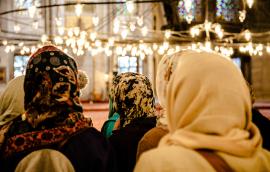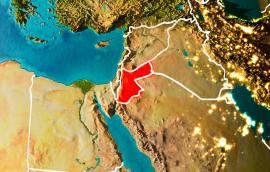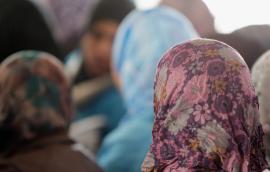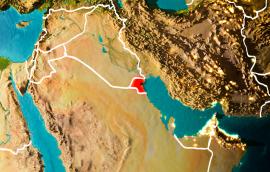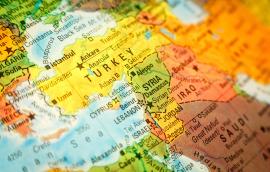Edward P. Djerejian Center for the Middle East | Women’s Rights, Human Rights, and Refugees | Issue Brief
Women as Religious Authorities: What a Forgotten History Means for the Modern Middle East Given the current dearth of women exercising Islamic authority, it may be assumed that for most of Islamic history, questions of religion and religious law were the near-exclusive domain of men. This brief discusses the various roles and contributions of women in Islam and religious scholarship and outlines recommendations for improving attitudes towards women in religious leadership in Muslim countries.
This is one of 10 briefs in a series on pluralism and inclusion in the Middle East after the Arab Spring. The project is generously supported by a grant from the Carnegie Corporation of New York.
Mirjam Künkler October 2, 2018
